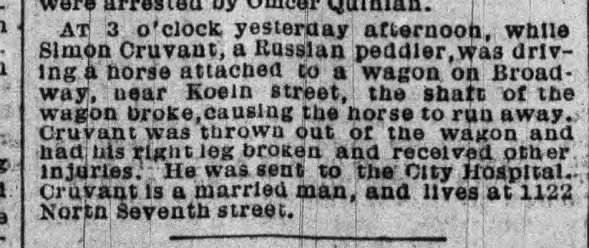 Caption for photo to left: Human Statue of Liberty. 18,000 Officers and Men at Camp Dodge, Des Moines, Iowa. Colonel William Newman, Commanding. Colonel Rush S. Wells, Directing. Mole & Thomas, 09/1918. (source)
Caption for photo to left: Human Statue of Liberty. 18,000 Officers and Men at Camp Dodge, Des Moines, Iowa. Colonel William Newman, Commanding. Colonel Rush S. Wells, Directing. Mole & Thomas, 09/1918. (source)Monday, November 11 is Veterans Day in the US, and Remembrance Day in the UK, Canada, Australia, France and Belgium. In Poland it is celebrated as National Independence Day.
Below are the names of ancestors, and their siblings, who I know served their nation's military, either in a time of war, or in a time of peace. I am including my Loyalist ancestors; their nation was Great Britain. Canada became their country after the war. I am including my Confederate ancestors too, despite their desire to form a separate nation. I am also including a Conscientious Objector ancestor since the DAR counts him as a Patriot.
Fifth Great Grandfathers
McGregory Van Every (1723-1786) Loyalist/Butler's Rangers
Michael Showers (1733-1796) Loyalist/Butler's Rangers
Mark Fretz (1750-1840) Patriot (Inactive Duty) Pennsylvania militia
Fourth Great Grandfather
David Van Every (1757-1820) Loyalist/Butler's Rangers (served briefly as a Patriot in the NY militia)
Fifth Great Uncle
Benjamin Van Every (1759-1795) Loyalist/Butler's Rangers (served briefly as a Patriot in the NY militia)
William Van Every (1765-1832) Loyalist/Butler's Rangers
Peter Van Every (1771-bef 1816) Loyalist/Fifth Lincoln and Second York regiments (War of 1812)
Fourth Great Uncles
David Van Every Jr. (1782-1847) Loyalist/Second York regiment (War of 1812)
Michael Van Every (1790-?) Loyalist/Fifth Lincoln and Second York regiments (War of 1812)
Second Great Grandfather
Ebenezer Denyer (1828-1872) (Mexican-American War) (Confederate Army)
Third Great Uncles
Samuel Jennings Denyer (1822-1861) (Gonzales County Minute Men - Republic of Texas -1841)
Samuel T Hartley (1830-1920) (Confederate Army)
Great Grandfather
Samuel Deutsch (1861-1938) (Franz Josef's Austro-Hungarian Army)
Second Great Uncle
Nelson D Van Every (1845-1926) (Union Army)
Grandfathers
Melvin L Newmark (1912-1992), WWII
Martin J Deutsch (1907-1991), WWII
Great Uncles
Jerry Deutsch (1909-1950), WWII
Allen Deutsch (1914-1988), WWII
Harold Newmark (1915-2003), WWII
Mandell Newmark (1923-1945), WWII (KIA)
Bernard Feinstin (1913-1968), WWII
Seymour Feinstein (1917-1999), WWII
Uncle
Stevan J Newmark (1942-1997) Army Reserves
Photographs of those who served in World War II


My grandfathers Melvin Newmark (1912-1992) and Martin Deutsch (1907-1991)


Allen Deutsch (1914-1988) and Maurice "Jerry" Deutsch (1909-1950).


Harold Newmark (1915-2003) and Mandell Newmark (1923-1945).


Bernard "Benny" Feinstein (1913-1968) and Seymour "Babe" Feinstein (1917-1999)







